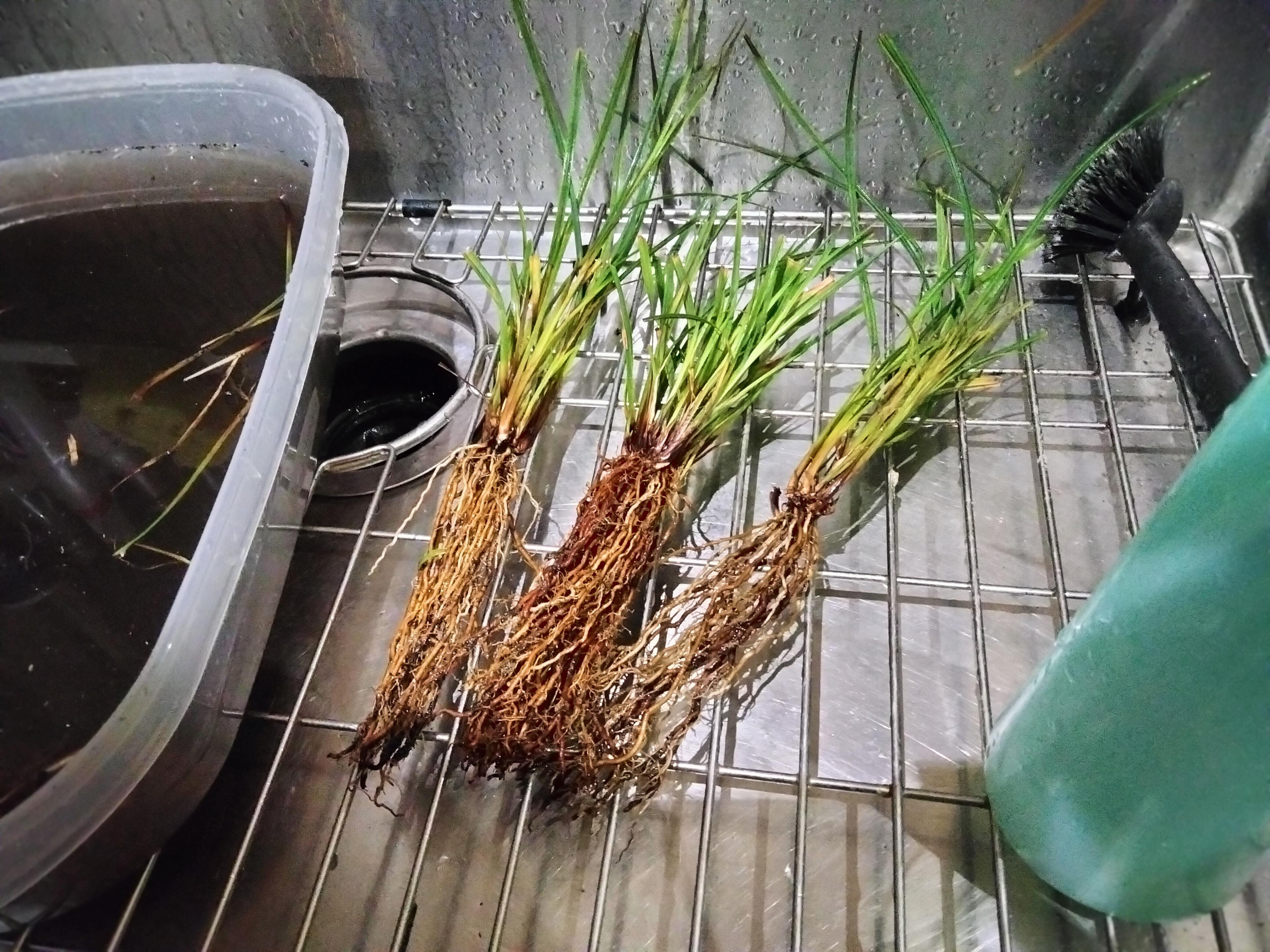

Rock Nguyen
Lowell High School, San Francisco, CAClass of 2023San Francisco, California
About
Projects
- Effects of Various pH Conditions on the Carbon Sequestration of Carex nudata with mentor Laura (Oct. 19, 2022)
Project Portfolio
Effects of Various pH Conditions on the Carbon Sequestration of Carex nudata
Started May 19, 2022

Abstract or project description
Carex nudata, a riparian sedge, functions as a key determinant in wetland health by providing nutrient cycling, carbon sequestration, and establishing prime conditions for other wetland species propagation as an early successional species1 – plant species that tend to have greater rates of photosynthesis and respiration as well as nutrient uptake2. Specifically, C. nudata provides valuable substrate for other wetland plants while also protecting others from insect larvae and deer grazing. At times, wetland restoration projects do not reach successful integration due to a lack of understanding of the propagated species and the abiotic conditions that are present in the area. Plant performance is important and so are its effects on other wetland species it interacts with1. Examining the effect of pH on the species’ ability to sequester carbon gives us insight into possible wetland health and restoration success indications. As restoration efforts aim to repair ecologically damaged sites, oftentimes as a result of human development and resource extraction, chosen plants must be able to survive atypical abiotic conditions such as high acidity from abandoned mining sites and areas where exposed minerals alter the neutral pH of water sources. Here, same-maturity Torrent Sedge plugs sourced from Wetland Nursery in Richmond, California, have been grown in a controlled environment and closely monitored for the effects of pH on growth, carbon sequestration, and biomass. Throughout the experiment, other abiotic conditions such as light exposure, nitrate levels, dissolved oxygen levels, phosphorus levels, and potassium levels were held constant for the duration of the study. The exposed pH conditions: low pH (5), neutral pH (7), and high pH (9) were carefully maintained every five days. After a 14-day growth period, weight measurements were taken of biomass and organic carbon in plant subjects. C. nudata subjects performed better in neutral pH conditions while demonstrating higher susceptibility to fungal diseases in more acidic and basic conditions. Over the course of 2 months, observations and measurements tracked the growth of eighteen plant subjects, correlating data on how pH affects different wetland species. The observations in this study may hopefully provide insight into wetland restoration efforts, environmental impact foresight, and wetland health indication.